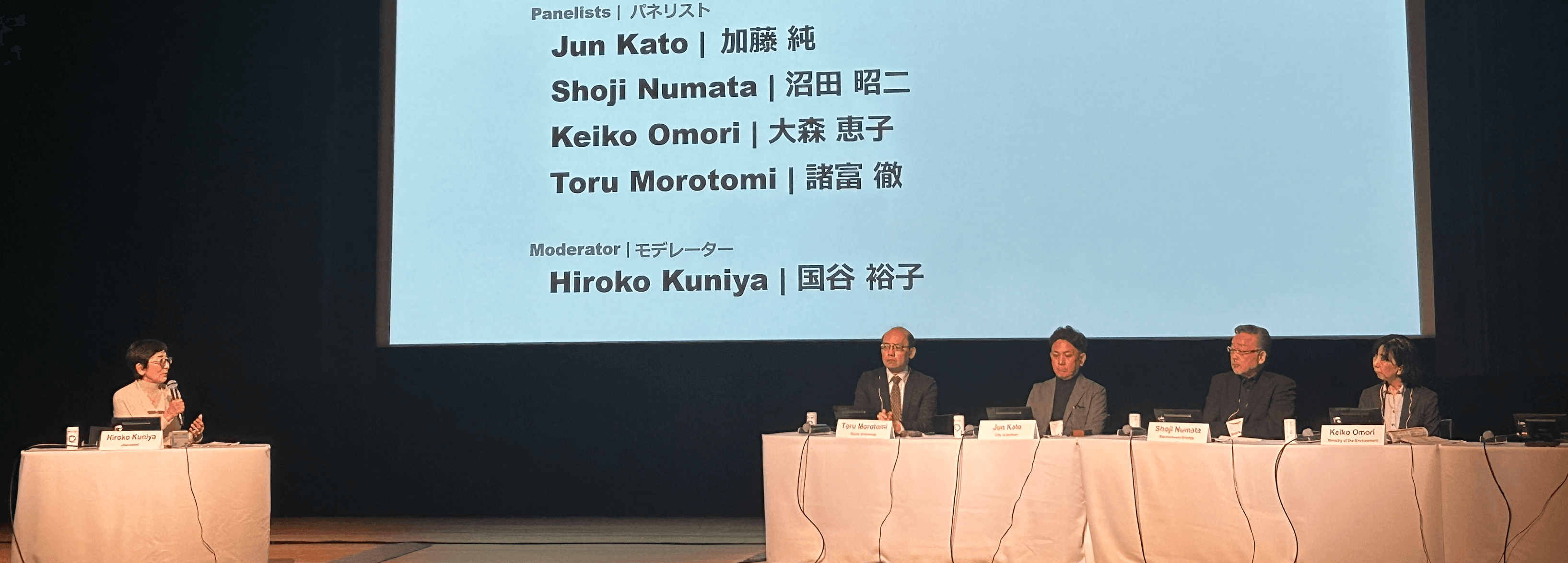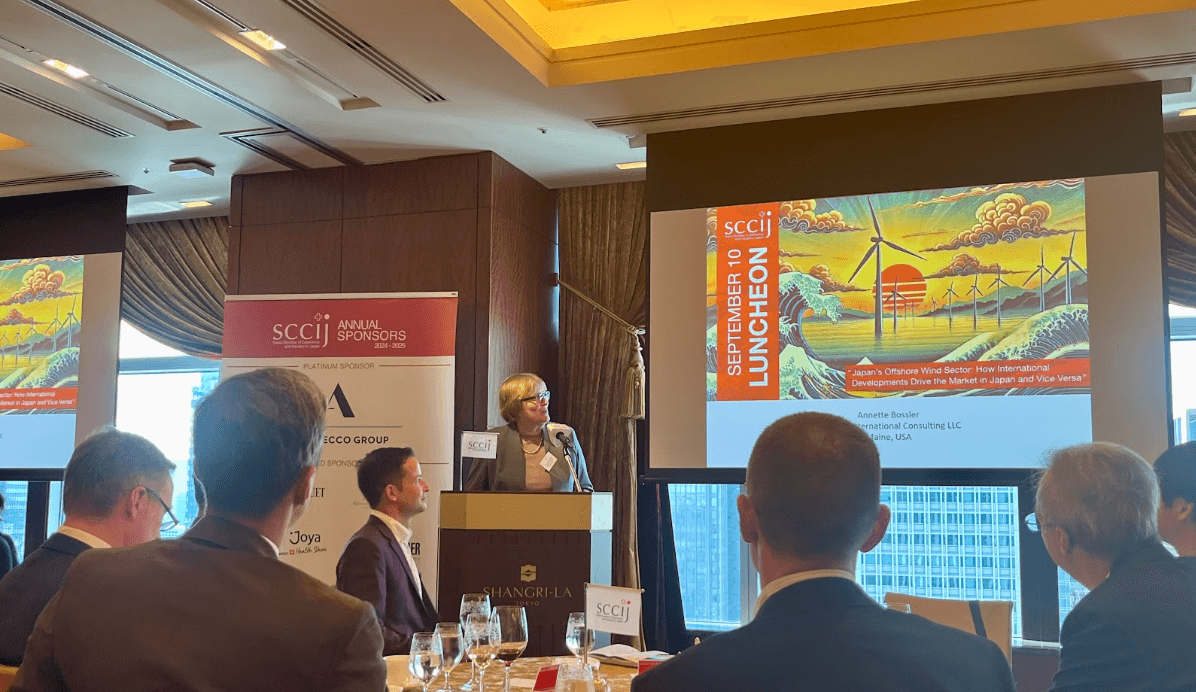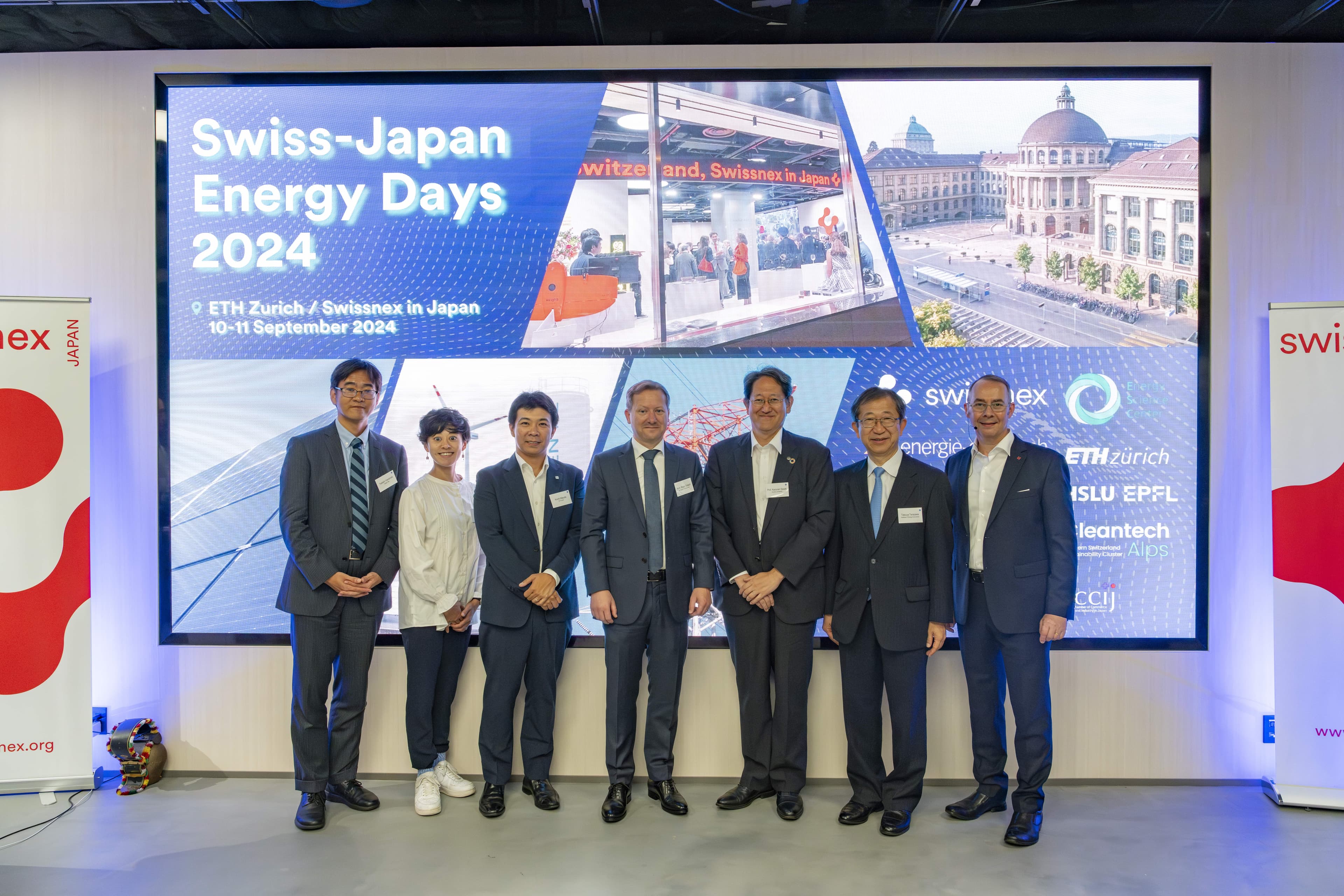Overview
- EneCoat Technologies, founded in January 2018, is a spin-off company from Kyoto University developing perovskite solar cells, widely regarded as the most promising next-generation solar technology
- The company emerged from several years of research at the Wakamiya Laboratory, Institute for Chemical Research, Kyoto University, and was launched with full university support
- EneCoat Technologies is developing and manufacturing ultrathin perovskite solar cell films using an organic-inorganic hybrid perovskite structure
- Perovskite solar cells have rapidly advanced since their introduction in the 2010s, quickly achieving over 20% conversion efficiency
- The company utilizes a low-temperature coating process to create highly uniform ultrathin films suitable for mass production
- As of December 2021, EneCoat's perovskite solar cells hold the world record of 25.7% efficiency at the cell size
- On July 18, 2024, EneCoat Technologies secured a 5.5 billion yen Series C funding round led by Toyota's Woven Capital, with participation from new and existing investors, bringing its total funding to over 8 billion yen.
Features
- High Efficiency: Achieved 25.7% conversion efficiency, the fastest progression to 20%+ efficiency among next-generation solar cell materials
- Innovative Perovskite Structure: Utilizes an ABX3 composition, created using organic-inorganic hybrid materials for optimal performance
- Advanced Manufacturing Process: Employs a wet process based on organic chemistry for film creation, enabling low-cost, low-temperature coating
- Rapid Efficiency Progression: Demonstrates quick advancement in power conversion efficiency, outpacing many other solar cell technologies
- High Performance in Various Light Conditions: Maintains relatively high conversion efficiency in bright, moderate, and low light conditions
- Versatile Design: Produces thin, lightweight, and flexible solar cells with high power generation relative to weight
- Potential for Large-Scale Production: Plans to implement Roll to Roll production methods for tailored applications and scaleSolvable Problems
- Addresses limitations of traditional solar cells in terms of efficiency, cost, and versatility
- Provides high-performance solar energy solutions for a wide range of light conditions, including indoor applications
- Offers potential for integration into various products due to its thin, lightweight, and flexible nature
Use Cases
- Traditional solar panel applications with higher efficiency
- Indoor and low-light energy harvesting
- Integration into flexible or lightweight products
- Potential for building-integrated photovoltaics (BIPV)
Source






